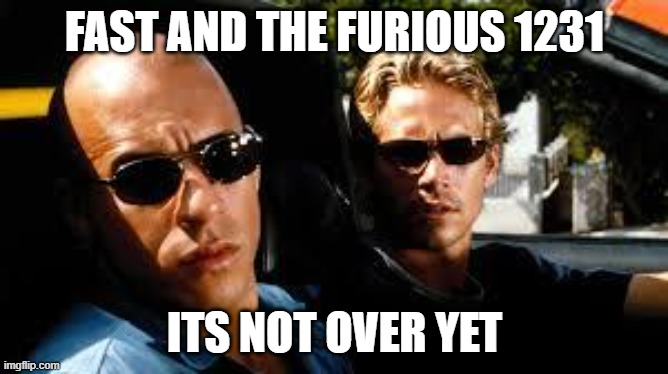| This week you'll learn about Training the YOLOv5 Object Detector on a Custom Dataset. 
Time and time again, we have seen movie franchises progressively start making worse movies. Commercial franchises like Fast & Furious have released more than 10 movies. Even though there are movies with good sequels like The Dark Knight Trilogy, it is a general stereotype in media that good standalone movies will always be ruined if their sequels are spawned. 
However, let's shift our focus to the deep learning world for a change. In the past few weeks, we have gone over the major entries in the YOLO family. Starting from YOLOv1 to YOLOv4, these "sequels" brought in groundbreaking upgrades one after the other, which have revolutionized the object detection domain. The present object detection algorithms are so efficient and accurate that these are used in real-world applications, which require fast and on-point detections. The story of the YOLO family is far from over, as today we look into the next entry in the YOLO series, YOLOv5. The big picture: YOLOv5 is the next object detector that we will put under the microscope. It utilizes a melange of concepts which results in stellar results. How it works: YOLOv5 utilizes a complex network architecture split into three parts: - backbone (using CSPDarknet)
- neck (to generate the feature pyramid network)
- head (to generate the predictions from anchor boxes)
It also utilizes pre-existing techniques like mosaic augmentation. Our thoughts: A great way to grasp the practical side of YOLOv5 is to see it in action. Hence, a chunk of this tutorial focuses on training the object detector and drawing inferences from it. Yes, but: There is a bit of controversy surrounding YOLOv5 for not having an official published research paper with documented novel results. YOLOv5 exists in a repository owned by Ultralytics and is considered by some as not owning up to its namesake. Stay smart: Despite the controversy, YOLOv5 is a great object detector and should definitely be thoroughly scrutinized to take us toward the next object detection step. Click here to read the full tutorial Solve Your CV/DL problem this week (or weekend) with our Working Code You can instantly access all of the code for Training the YOLOv5 Object Detector on a Custom Dataset by joining PyImageSearch University. Get working code to - Finish your project this weekend with our code
- Solve your thorniest coding problems at work this week to show off your expertise
- Publish groundbreaking research without multiple tries at coding the hard parts
Guaranteed Results: If you haven't accomplished your CV/DL goals, let us know within 30 days of purchase and get a full refund. I want the code The PyImageSearch Team

P.S. If you're interested in learning how to successfully apply deep learning to your own projects, I would recommend reading my book, Deep Learning for Computer Vision with Python.
I crafted my book so that it perfectly balances theory with implementation, ensuring you properly master: - Deep learning fundamentals and theory without unnecessary mathematical fluff. I present the basic equations and back them up with code walkthroughs that you can implement and easily understand. You don't need a degree in advanced mathematics to understand this book
- How to implement your own custom neural network architectures. Not only will you learn how to implement state-of-the-art architectures, including ResNet, SqueezeNet, etc., but you'll also learn how to create your own custom CNNs
- How to train CNNs on your own datasets. Most deep learning tutorials don't teach you how to work with your own custom datasets. Mine do. You'll be training CNNs on your own datasets in no time
- Object detection (Faster R-CNNs, Single Shot Detectors, and RetinaNet) and instance segmentation (Mask R-CNN). Use these chapters to create your own custom object detectors and segmentation networks
You'll also find answers and proven code recipes to: - Create and prepare your own custom image datasets for image classification, object detection, and segmentation
- Hands-on tutorials (with lots of code) that not only show you the algorithms behind deep learning for computer vision but their implementations as well
- Put my tips, suggestions, and best practices into action, ensuring you maximize the accuracy of your models
If you're interested in learning more about my deep learning book, I'd be happy to send you a free PDF containing the Table of Contents and a few sample chapters:
Click here to download your table of contents and sample chapters PDF
After clicking the link above, the PDF will land in your inbox in a few short minutes. | 
No comments:
Post a Comment
Note: Only a member of this blog may post a comment.